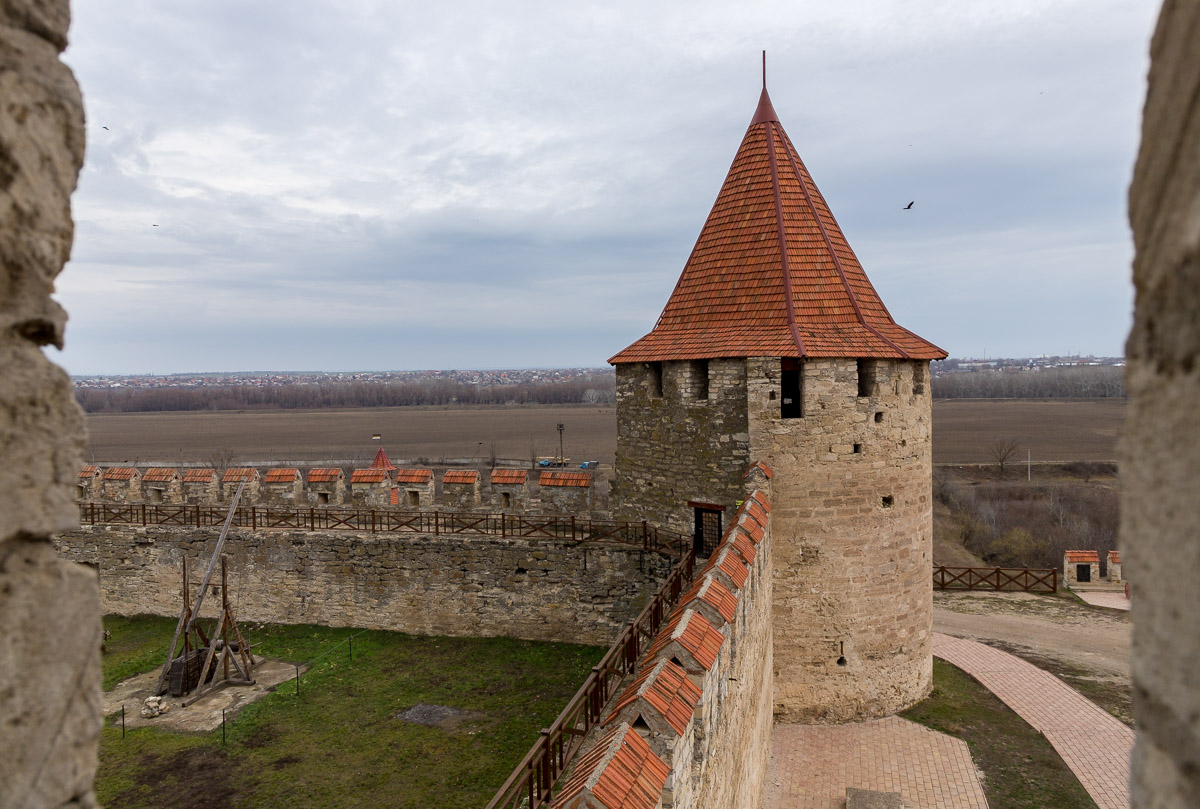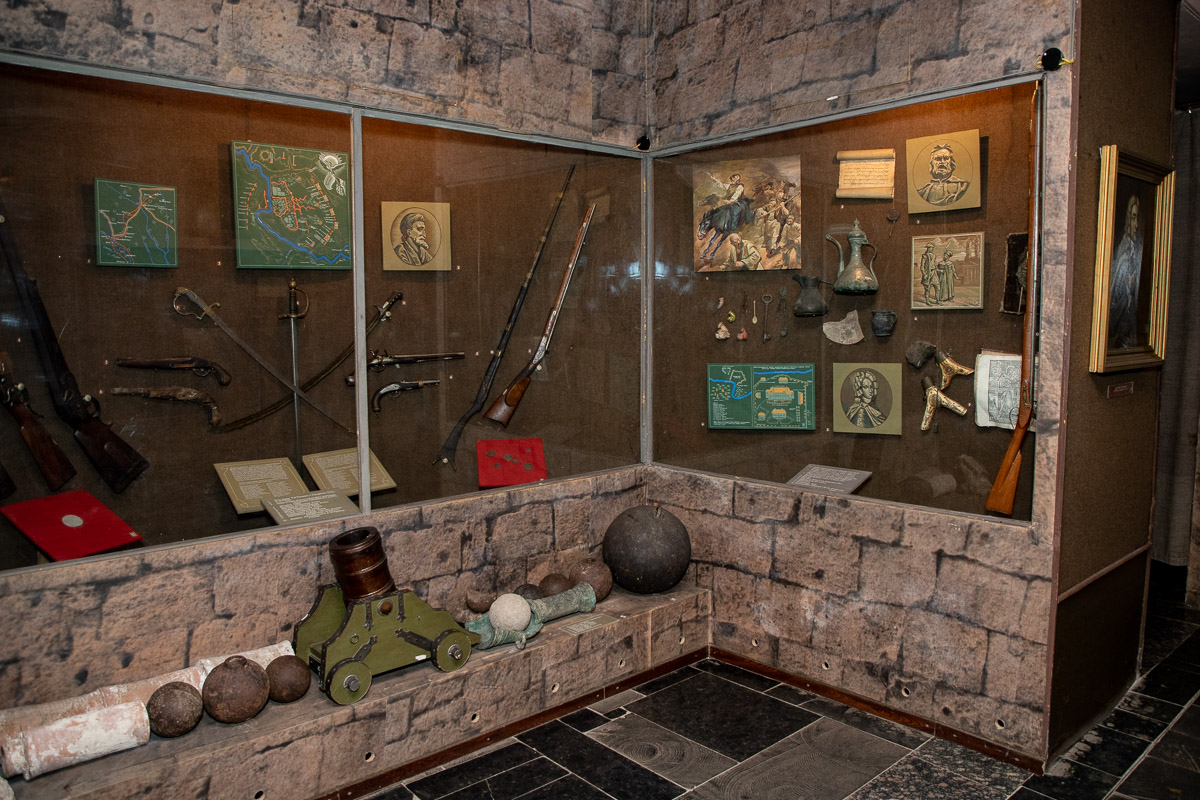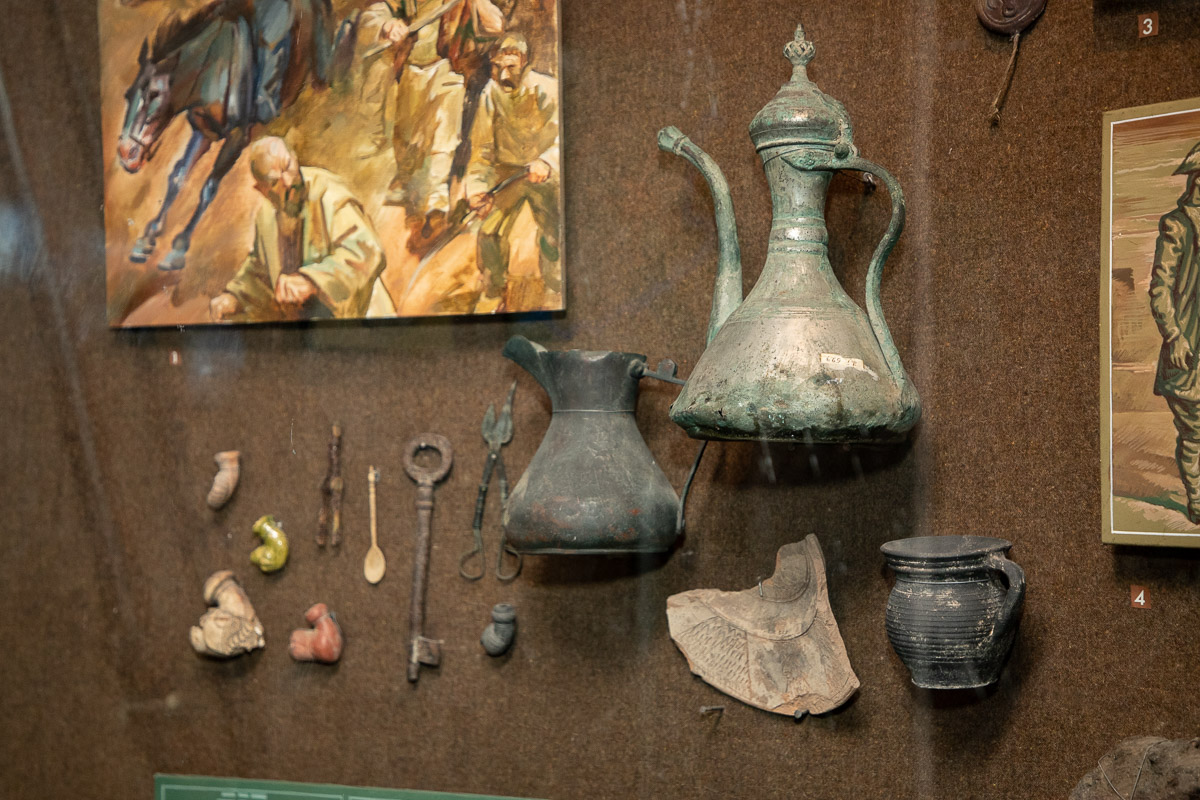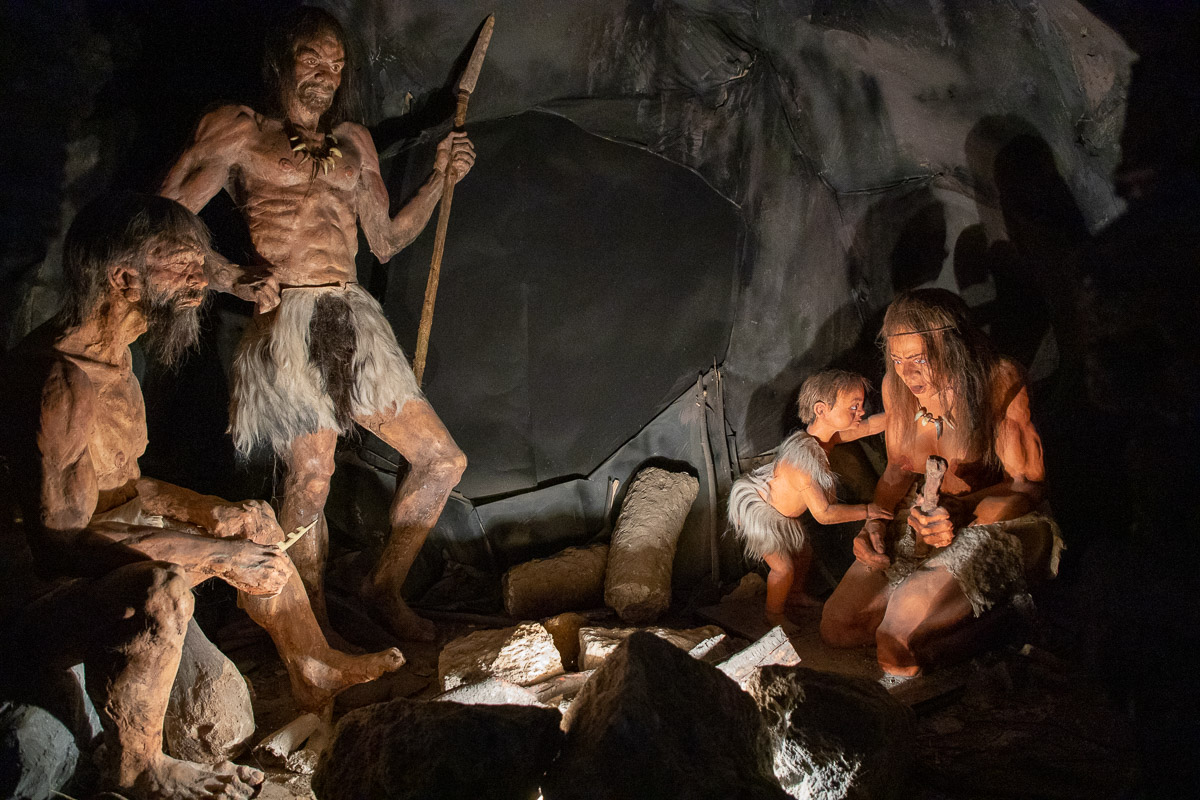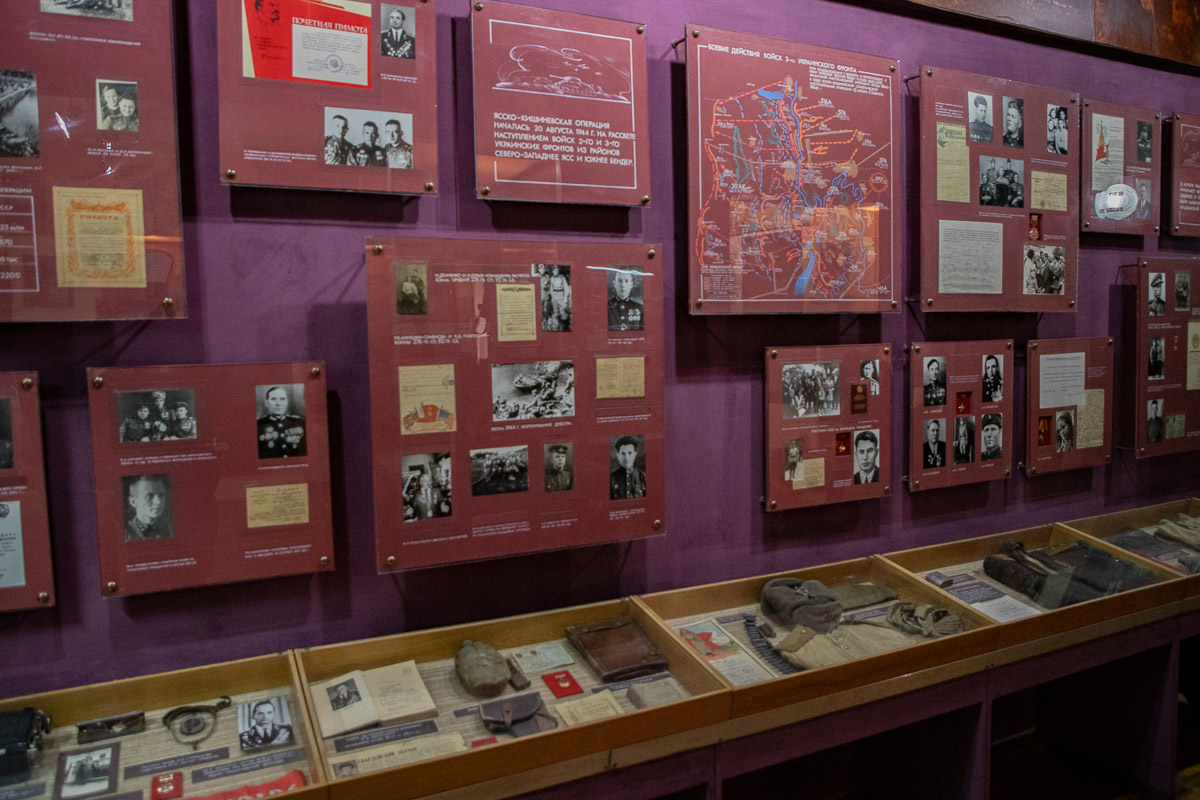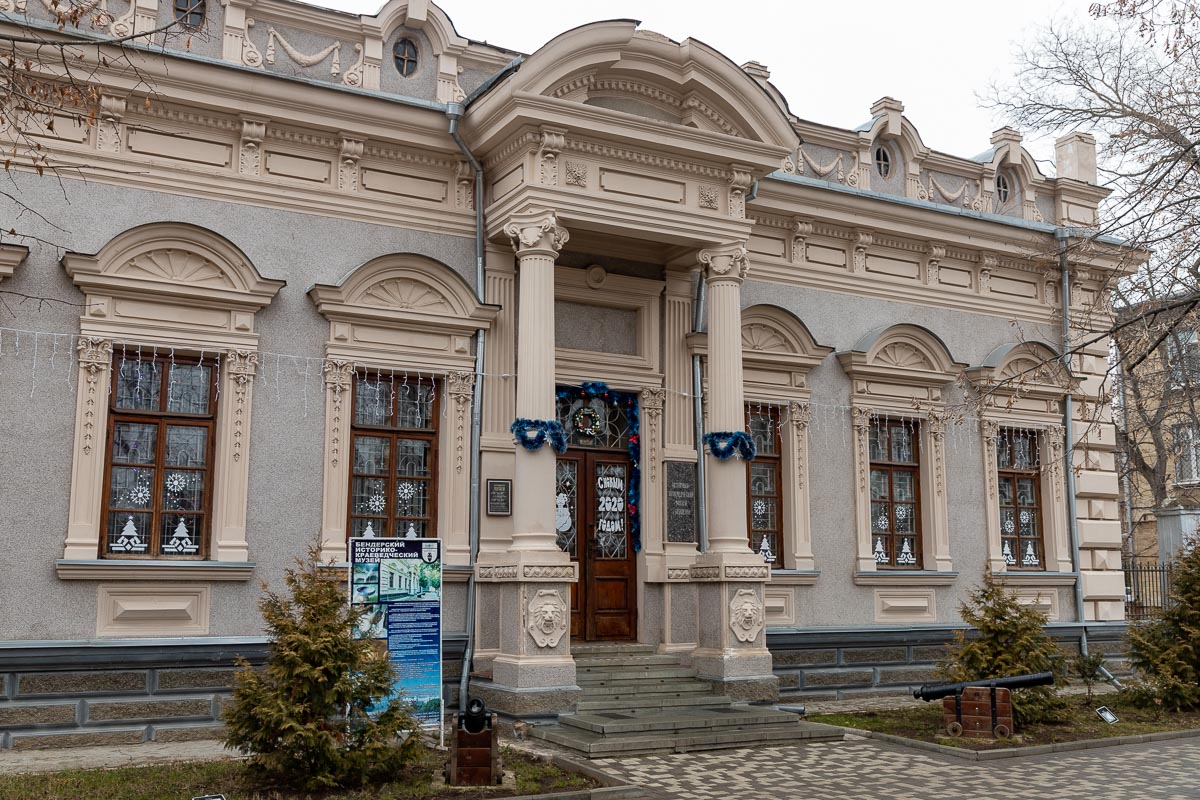Bendery, January 17. /Novosti Pridnestrovya/. 34 years ago, Bendery was awarded the title of historical city. It received this honorary status because of the unique fortress located on its territory and the original location of the main city streets that has been preserved to this day.
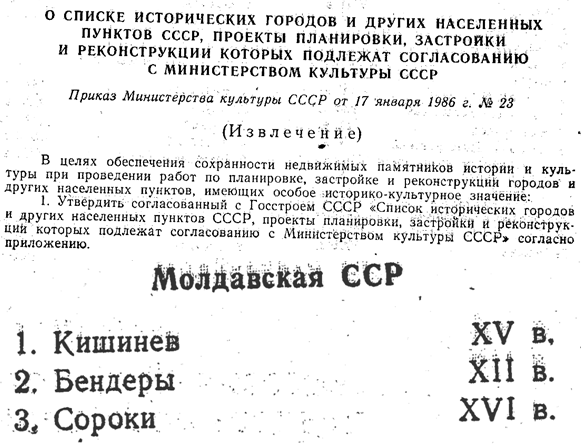
Thus, Bendery are one of the thousand historical cities of the Soviet Union along with Moscow, St. Petersburg, the cities of the Golden Ring of Russia, Kiev, etc. In the former MSSR, in addition to Bendery Chisinau and Soroca were included in this list.
Bendery Fortress is a monument of medieval architecture. According to the official version, the construction of the citadel began in 1538 by Turkish architects. Meanwhile, many indirect evidences were found that the fortress on this site appeared back in the 12th-13th centuries thanks to the enterprising representatives of the Genoese Republic.
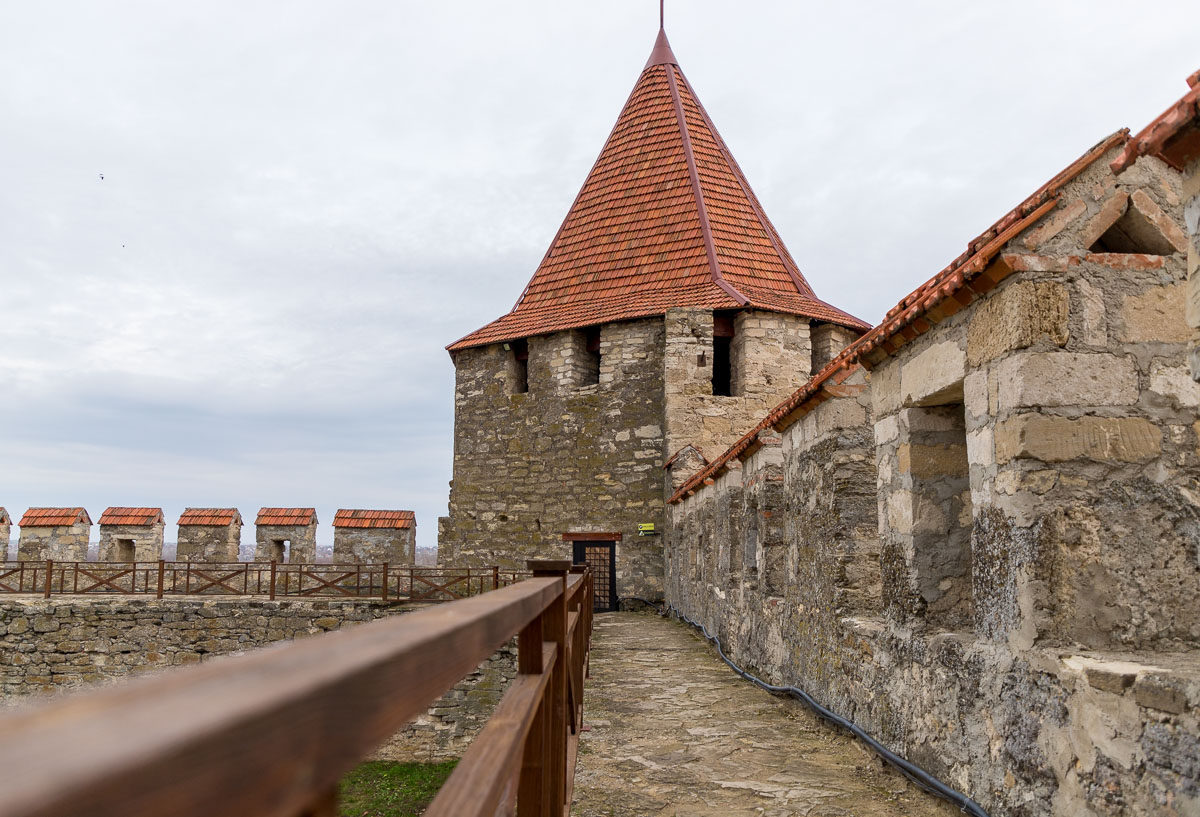
After joining Russia in 1812, Bendery began to build up rapidly. The first housing plan dates from 1813. According to the project, there were built 16 streets are perpendicular to each other. This layout of the central part of the city has been preserved since then.
The whole history of the city, and of our region as a whole long before the appearance of Bendery, is kept in the Museum of Local History. By the way, it is one of the oldest museums in Pridnestrovie. In December 2019, it celebrated its 105th birthday.
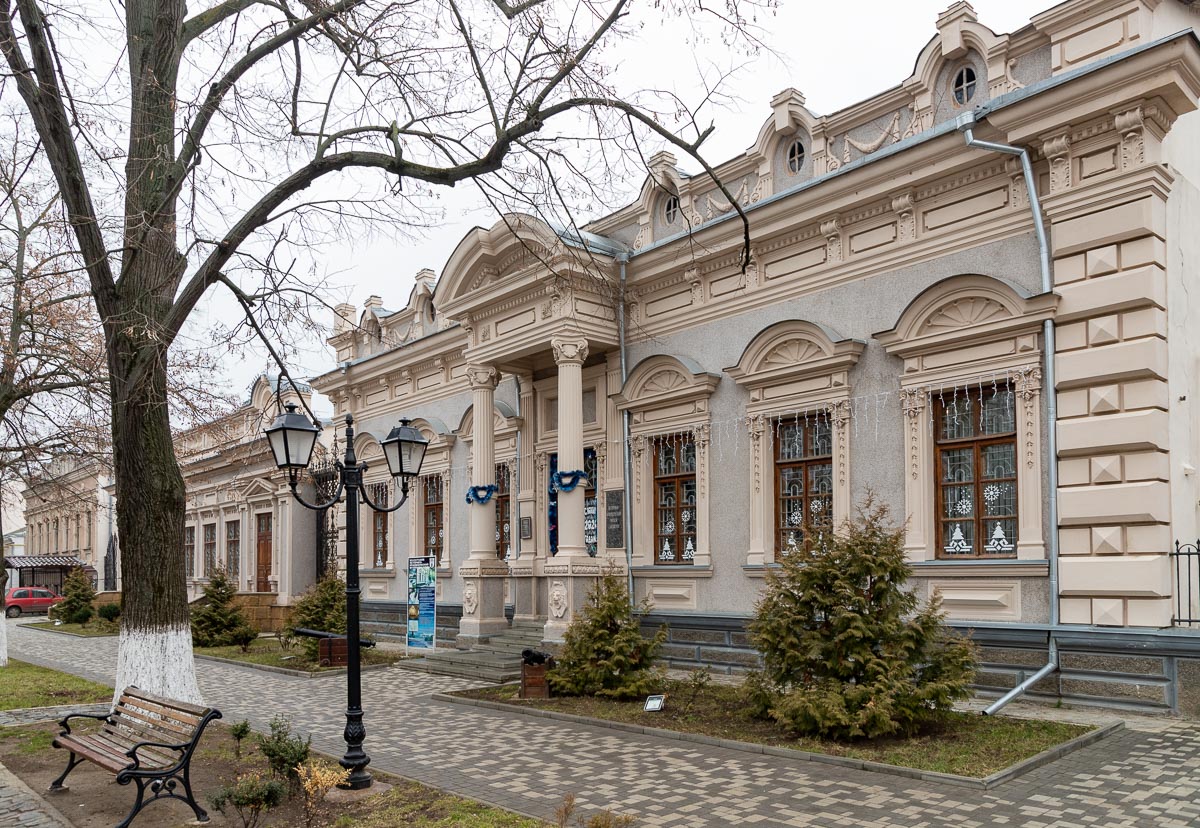
The museum was founded in 1914. It was one of the 150 museums of the Russian Empire that existed at that time.
Today's exposition of the head museum consists of 13 rooms, in which there are originals presented, real rarities from different historical eras. The museum contains over 67 thousand exhibits, among them there are those that the museum is especially proud of.
So, in one of the rooms, there are paleontological finds of the Quaternary period presented - fragments of ancient animals found on the territory of the Varnitsa quarry. For example, a mammoth tusk and an astragalus, which are 300 thousand years old.
In another room, there are the remains of even more ancient animals of the Neogene period stored, which are 20 million years old. As museum workers note, in fact, the history of the city and the region begins from this room. Several generations of museum staff bit by bit collected and accumulated evidence of events that recreate our ancestors` picture of the life.
Museum workers call the collection of tools of the Middle and Late Paleolithic priceless. Our ancestors used such scrapers, flakes, knives, and incisors 40-15 thousand years ago.
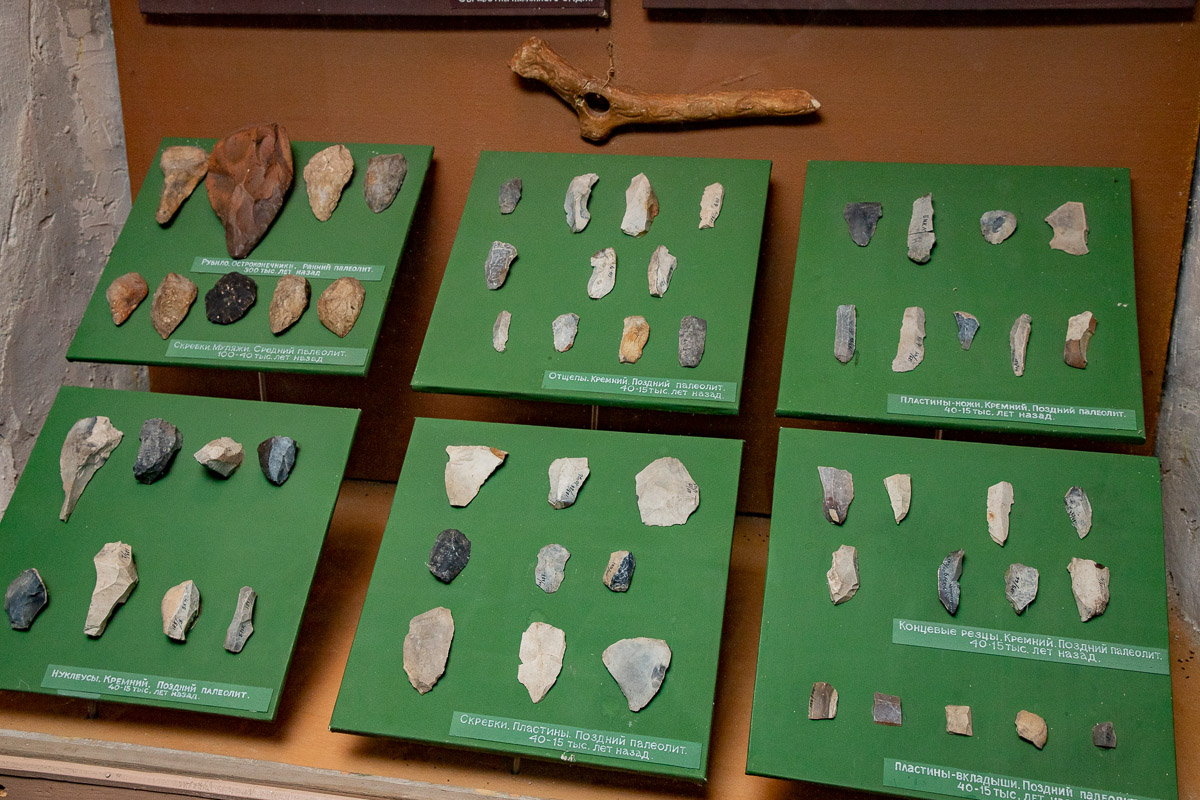
The transitional period from the Stone to the Bronze Age (III millennium BC) is characterized by the formation of two archaeological cultures in the territory: Trypillian and Gumelnitsa. The presented tools, fragments of ceramic products, as well as women's jewelry illustrate the life of Trypillians. Female figurines and animal figures reveal the nature of religious beliefs of that period.
The Bronze Age left the descendants a large number of mounds, which served as tombs of representatives of ancient peoples. During excavations, there were various ornaments, weapons, household items and labor found in such burials. Mounds, as a rule, were crowned with stone memorial steles, one of which is exhibited in one of the rooms. It dates back to II millennium BC.
The discovery of bronze was an important event in the history of primitive tribes on the territory of our region (approximately the end of IV - beginning of I millennium BC), which was turned into a leading material for the production of various tools and weapons.
The museum exposition presents some of the tools of this period, among which the bronze ax found in 1991 in the area of the Severniy microdistrict on the Dniester has special, even the rarest historical value.

By the 1st century BC on either side of Danube and the Black Sea downstream, the northeastern Thracian tribes of the Getae-Dacians, the ancient ancestors of the Moldavian people, settled. Items of their material culture were found in the vicinity of Bendery. In 1964, in the village of Kitskani, there was found Getae’s cup, which is unique in its scientific and historical significance (IV-II centuries BC).

Thracians lived in our region in the III-IV centuries AD, later the Wends, Goths, Bastarnae, Sarmatians and other tribes that created the Chernyakhov culture lived here. In one of the rooms of the museum, there is demonstrated the reconstruction of the Chernyakhov grave, discovered in 1970 in Bendery.
At the end of V - beginning of VI century, a new stage begins in the history of the Dniester-Prut interfluve. Slavic tribes penetrate these empty lands. In the village of Kalfa in 1964, there were carried out extensive archaeological excavations of the discovered Slavic settlement. The ceramic vessels, battle axes, arrowheads, hooks, pans and other items recovered there are also presented in one of the rooms of the museum.
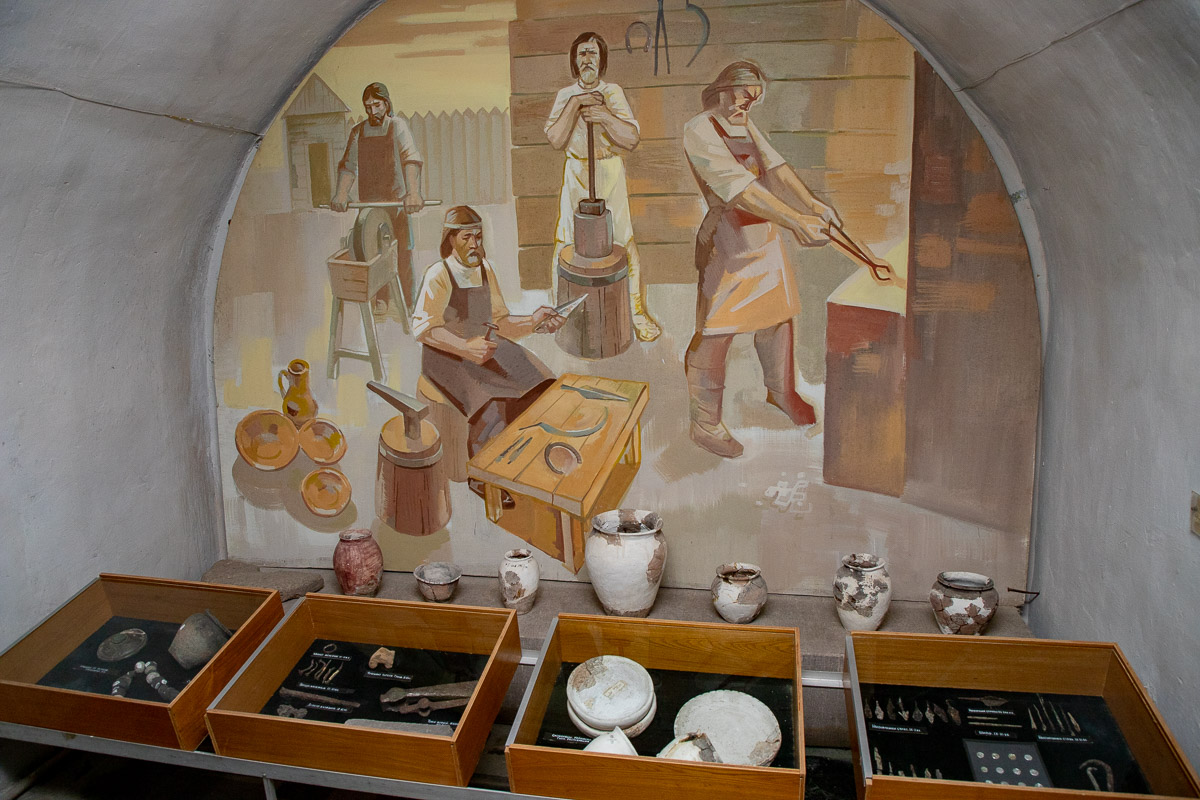
The unsurpassed rarity of the museum is a single-door boat, hollowed out by an ancient master from a huge solid oak. Museum statistics of the world record the presence of about 50 dugout boats today. Most of them do not exceed the size of 3-4 meters. The Bendery Museum sample, when discovered, reached 9 m in length. Similar boats are unknown in museums around the world.
Buried in the silted Dniester, it lay for centuries on the left bank, just below the city beach. The boat was accidentally discovered by a Bendery resident in September 1992. When removed, part of the boat was damaged.
Separately, the museum presents an exposition of the Middle Ages. The only documentary source attesting to the very first mention of Bendery is the Diploma of the Moldavian Lord Alexander the Good of October 8, 1408, issued to Lviv merchants. Back then the city was called Tyagyanakyach. The exposition presents a copy of the massive letter fragment.
On a separate stand, there is a fragment of a marble slab installed by the Turks at the gates of the Bendery fortress, dated 1538.
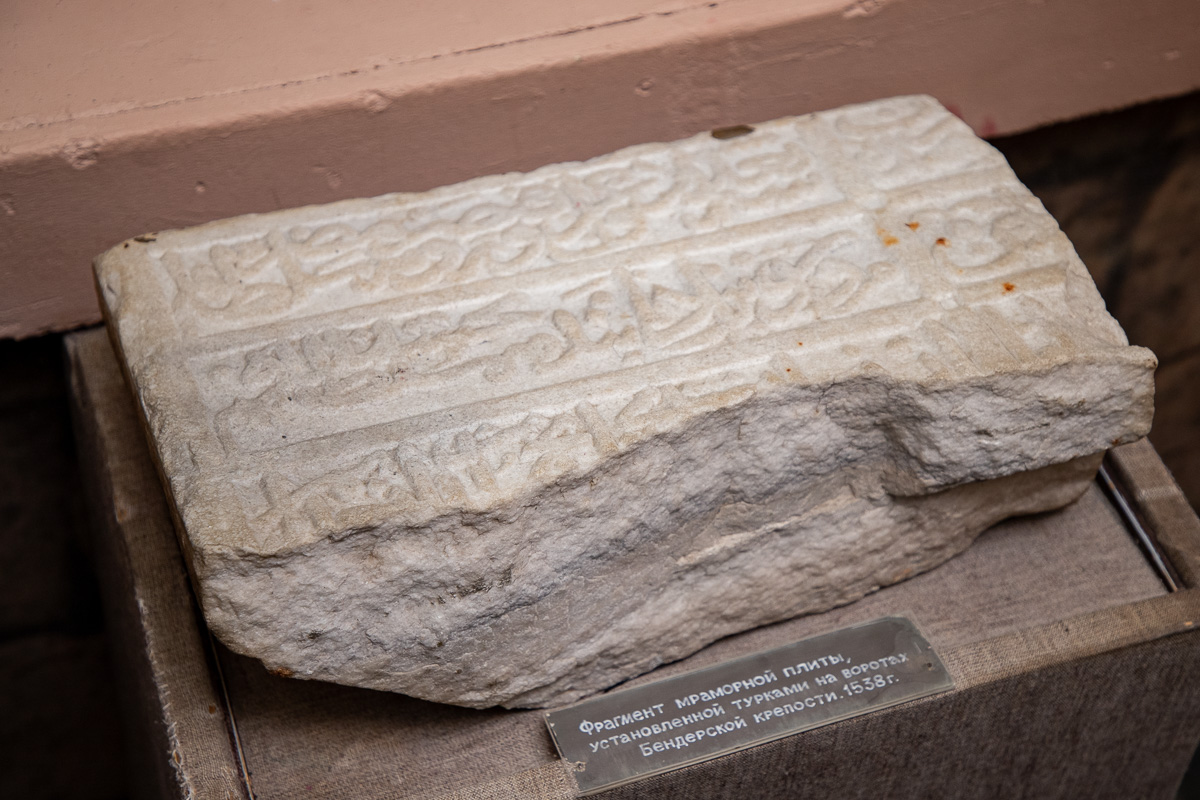
An important accent of the room is a large-scale diorama that recreates the picture of the assault on the fortress by the Russian army under the command of general in chief Panin.
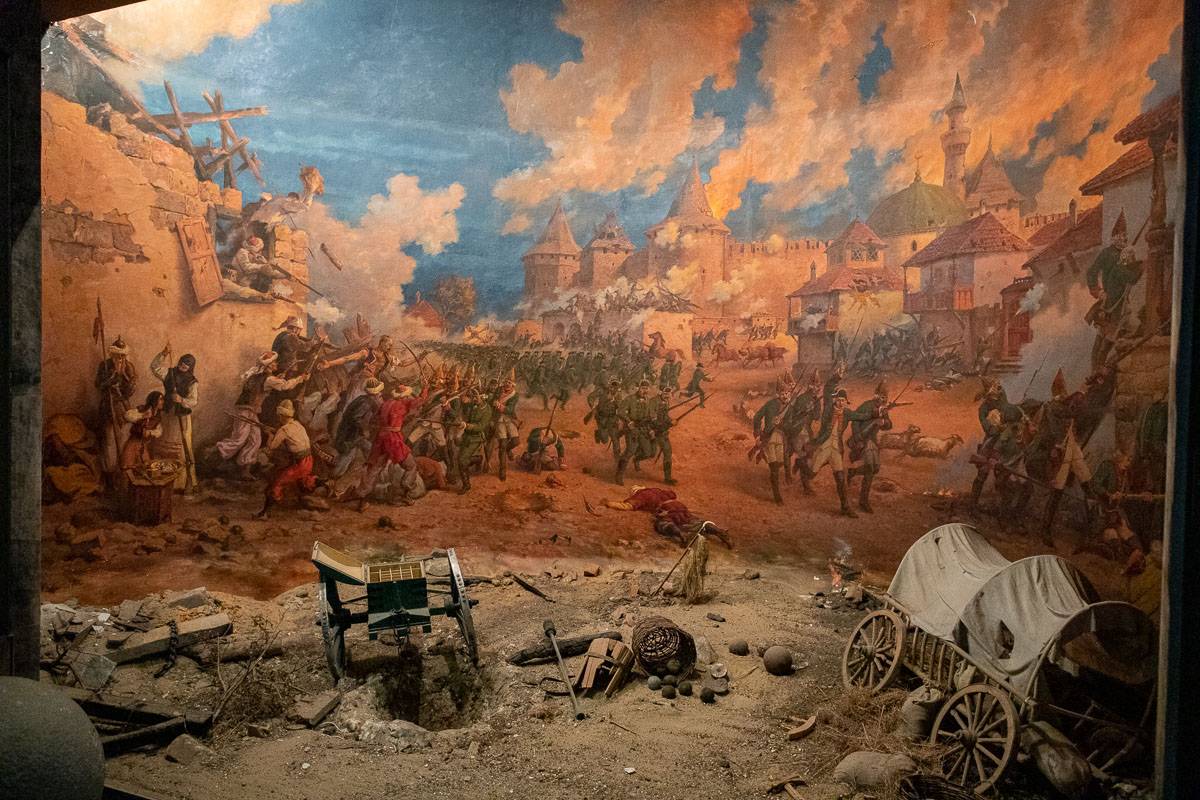
As a gift to the museum, the Transfiguration Cathedral, the main temple of the city, donated part of its property: ancient icons, books, font.
There are rooms in the museum where there are presented revolutionary events, and moments of the Great Patriotic War recreated. There are also presented exhibits of recent history.

